Our Ionian Experience
In this post, we want to share our experiences, insights, and favorite spots from the Northern Ionian Islands. This is the place where we wrapped up our very first season of living aboard our yacht. You can read about the last leg of our sailing journey — from Sicily to Greece — here.
We spent a month sailing Ionian Sea during the autumn, and another two months the following spring. Today, we’d like to tell you about sailing around the Ionian Islands outside the peak season. About peaceful marinas, empty coves, and the unique atmosphere of this part of Greece when the main tourist rush hasn’t yet begun or has already ended.
In this first part, we’ll focus on the Northern Ionian Islands we visited: Erikousa, Corfu, Paxos, Lefkada, Meganissi, and Kalamos. Below, we’ve prepared a map with all places described in the article below, so you can easily find them! Let’s dive in!
Sailing Ionian Sea
Ionian Sea – General Information
The Ionian Sea is one of the most beautiful sailing grounds in Southern Europe, stretching between the western coast of Greece and the southern parts of Italy and Albania. Scattered across its waters are more than 100 islands and islets, around 50 of which are inhabited. The most famous include Corfu, Zakynthos, Kefalonia, Lefkada, and Ithaca.
But we won’t just take you to these well-known destinations. We’ll also guide you to quieter, lesser-known islands and untouristy corners that won us over with their authenticity and tranquility.
Weather when Sailing Ionian Sea
The Ionian Sea is one of the most favorable sailing areas in Greece. Compared to the more demanding Aegean Sea, it’s noticeably calmer, safer, and easier to navigate. A key difference is the absence of the meltemi winds — the strong northwesterlies that dominate the Aegean in summer are simply not found here.
Instead, the Ionian benefits from gentler yet reliable local winds — most notably the maistros. This northwesterly breeze typically picks up around midday, often reaching 4–5 on the Beaufort scale, especially in the channels between islands. Mornings are usually calm, perfect for leisurely motoring and admiring the crystal-clear waters of the bays. In the evenings, the wind tends to ease, making for peaceful mooring, anchoring, and overnight stays. In summer, brief afternoon thunderstorms can occasionally roll through.
Storms in the Ionian are rare — usually only once or twice a year. But when they do occur, they can be intense, with strong winds and heavy rain.
In short, the Ionian Sea offers gentler weather overall. Outside the main season it can be a bit rainier, but that’s exactly what keeps the islands lush, green, and full of life. This makes it an ideal cruising ground for family trips or beginner sailors.
Sailing Ionian Sea – Which Season to Choose?
The gentleness of the Ionian Sea comes with one drawback — in summer, it gets very crowded. The sailing area isn’t large, and the number of yachts, especially charter boats, grows every year. Meanwhile, the number of bays and anchorages stays the same — meaning that in peak season, finding a spot often turns into a competition, and peace and relaxation take a back seat.
Our advice? If you really want to experience the magic of the Ionian Sea, plan your cruise outside the peak season. That’s when the area shows its very best side — though you may get the occasional rainy day.
If, however, you enjoy lively port towns, bustling tavernas, and the full range of available attractions, you might be disappointed outside the main season. Beyond the larger towns, many places are closed and deserted. Sometimes even basic groceries can be hard to find. In most ports, water and electricity points may be switched off.
The perfect compromise might be the so-called “shoulder season” — May, June, and October. Most tavernas and shops are open, the weather is pleasant, and the crowds have yet to arrive (or have just left). One exception to keep in mind is the long May weekend. During those days, the water and marinas can be as busy as in mid-summer.
Our Off-Season Experience Sailing Ionian
As sailors who tend to avoid busy, overcrowded places, we especially loved cruising the Ionian Sea outside the season. Bays that are cordoned off for swimmers in summer were entirely ours. In spots where, during the season, yachts have to stern-tie to the shore due to limited space, we could simply drop anchor in the middle of the bay. Even the famous Navagio Beach on Zakynthos — which in high season looks like an anthill — was completely empty for us. Though we wouldn’t actually recommend it… but more on Zakynthos in Part 2 of Sailing Ionian Sea.
So, let’s begin our journey from the north!
Erikousa
Erikousa – General Info
The northernmost island we visited when sailing Ionian Sea was Erikousa. This tiny island, just 4.5 km² in size, lies north of Corfu and is a perfect destination for those seeking peace, quiet, and a close connection with nature. Mass tourism hasn’t reached here yet. Although the official population is around 500, in November the island felt almost completely deserted.
The name Erikousa comes from the reiki plant — a type of heather that blooms in October, covering the island’s hills in stunning shades of purple. We were lucky — even in November, we could still see it in bloom!
Erikousa – What to do?
The island has a few easy walking trails and, in the season, a handful of restaurants. We managed to catch one of them literally at the last moment, just before the owner closed it for the winter and headed to the mainland. Erikousa is definitely worth a visit — especially if you’re looking for a spot untouched by mass tourism. That said, its proximity to Corfu can attract more visitors during peak season, both to the port and to the island itself.
Erikousa – Sailing Notes
The port on the southern side of Erikousa offers good shelter from northwesterly to northeasterly winds (NW–NE). However, with easterly or southerly winds, an uncomfortable swell rolls into the harbor basin, making both mooring and entering the port more difficult. In strong winds from those directions, it can even become dangerous.
Outside the season, we moored alongside on the inside of the breakwater. In the high season, standard stern-to mooring with an anchor from the bow (med mooring) is the norm. That’s also when facilities like electricity, water, and port services are available — amenities we unfortunately couldn’t use in the off-season. Despite our best efforts to find water, every tap in the harbor was turned off.
Corfu
Heading south, our next stop was Corfu — the seventh-largest island in Greece. We spent quite a bit of time here in autumn. While it wasn’t completely empty — massive cruise ships still docked in the harbor and the town was lively. Still, I’m sure it was nothing compared to the summer crowds.
We write in detail about sailing in Corfu in Module 13, so for those interested in the nautical aspects, we’ll point you there — we won’t repeat that information here.
Paxos
The next island south of Corfu that we visited while sailing Ionian Sea off-season was Paxos. This was actually our very first stop after the crossing from Sicily — we arrived on October 19. At that time, the anchorage in Lakka was still full of yachts. We dropped anchor at the edge of the bay at night to avoid maneuvering between boats in the dark. (Once again, we cover this in more detail in Module 13).
Lakka, Paxos
We returned to Paxos a month later, this time intending to moor at the quay. But it quickly became clear that this wouldn’t be possible. The water level was flush with the concrete pier, and in some places it was even spilling onto the streets. So we anchored instead.
The anchorage in Lakka is shallow (3–5 m), spacious, and sandy, with unbelievably turquoise water. These qualities make it extremely crowded in high season. Yachts anchor stern-to-shore with lines to the rocks, while others squeeze onto the quay. One look at a satellite image of the bay is enough to make you rethink visiting in the summer.
As for onshore activities, the experience is once again very different depending on the season. In November, Lakka was a sleepy little town where only local Greeks lingered in the cafés. The lively tavern atmosphere had faded. We set off on a 12 km hike through the surrounding hills and beaches. At the end of the walk, we followed the shoreline of the bay, from where we could admire our lone yacht anchored in that stunning, jewel-colored water.
Gaios, Paxos
Our next stop on Paxos was Gaios — a town on the island’s eastern coast. Here you’ll find an exceptionally long quay that, in the high season, hosts dozens of yachts. An alternative is to anchor with stern lines ashore at Agios Nikolaos Island, which shelters the harbor from the sea. On its southern, eastern, and northern sides — in the channel between the island and the mainland — there are several anchoring spots.
As in many places in the Ionian, summer means heavy congestion. Again, a quick look at a satellite image tells you everything you need to know. Off-season, however, it’s a completely different scene. We anchored alone south of Agios Nikolaos and took the dinghy into town — which, like Lakka, was quiet and sleepy.
Tip! 💡 Among sailors, Agios Nikolaos Island is sometimes nicknamed “Rat Island”. If you can, avoid stern-to mooring with lines ashore here. If you do choose to moor this way, it’s worth using special line guards to keep these uninvited guests from climbing aboard.
Mongonissi Bay, Paxos
Our last stop on Paxos was Mongonissi Bay, located at the southern tip of the island. And here, the story repeats itself — in summer it can be busy, but outside the season it’s peaceful and quiet.
The bay offers good shelter from most wind directions, except from the north. The sandy bottom provides excellent holding for the anchor, making it a safe and comfortable spot to stay — especially off-season, when you might have it entirely to yourself.
For activities on shore, we highly recommend a walk to Tripitos Arch — one of Paxos’ most striking rock formations. This natural stone arch sits on the island’s southern coast and is one of the area’s most iconic viewpoints.
The path to Tripitos is scenic, winding through hills and olive groves bordered by traditional stone walls. The formation itself — a massive arch suspended over turquoise water — and the surrounding cliffs are truly spectacular.
It’s a peaceful, short hike, perfect for an afternoon outing, especially off-season when you won’t meet many other visitors. In summer it has its own advantages too — most of the trail runs through shaded olive groves, providing welcome relief from the blazing sun. If you prefer longer route, we took a detour to Gaios, too!
Lefkada
Lefkada – General Info
The next island we visited heading south was Lefkada. It’s one of the Ionian Islands that particularly captured our hearts, mainly because of its diversity. From a sailor’s perspective, the island offers sheltered, safe, yet charming bays, along with a large marina and a town quay in Lefkada town (Lefkas). Off-season we moored to one of the empty charter companies pontoons for free, although the water and electricity, was, of course shut off. The town is lively even off-season, with open restaurants and well-stocked chandleries.
On land, Lefkada delights with its mountainous landscape. You’ll find green slopes, hidden mountain villages, and a network of trails leading through the island’s most beautiful spots. It’s an ideal place for hiking, away from the noise and tourist crowds.
Lefkada – an Island that wasn’t always an Island
Lefkada, though now known as one of Greece’s picturesque islands, was not always separated from the mainland. In antiquity, it was part of the Greek mainland. Only around the 7th century BC, during the period of colonisation by the Corinthians, a canal was dug to separate it from the continent. The aim was to facilitate navigation and increase the region’s strategic importance. Over the centuries, the canal was repeatedly deepened and cleared – by the Romans, Venetians, and Ottoman Turks, among others. Today it is known as the Lefkada Canal (sometimes also referred to as the Diorigma Canal) and until recently it served an important navigational role, especially for yacht traffic.
Lefkada Channel
Now, The canal allowed vessels to travel from Lefkas or Preveza – both home to popular charter bases – southwards into the Ionian Sea without having to sail all the way around Lefkada. This significantly shortened the route and avoided going out into open sea, which often means more challenging conditions and less comfortable sailing.
Lefkada Swing Bridge Operations
Unfortunately, as of August 2025, the swing bridge that enables passage through the canal has been closed for several months. Available information indicates that necessary maintenance work was not carried out on time, and the postponement period has just expired. Now, a long-awaited solution has finally been announced — a ferry will temporarily handle both marine and vehicle traffic during the bridge’s dry-dock maintenance. Service is scheduled to begin on August 14th. For the latest updates, follow the Friends of Lefkas Marina Facebook page.
Although sailing through the canal was a great convenience, it was never one of our favourite experiences. We passed through this route several times – in both directions – and each time we faced similar difficulties. The bridge opening hours often didn’t match the published schedule and could change without any warning. Sometimes the bridge operator simply wouldn’t open it if they decided the yacht was too far away – forcing uncomfortable manoeuvring right in front of the bridge in order to be noticed. There also weren’t many places to wait for the next opening. The small pontoons along the canal were usually occupied by fishermen or local boats, and the available anchorages offered no shelter from waves or wind. The canal itself, narrow and shallow, could also become quite congested, especially in high season.
Anchorages North and South of the Lefkada Channel
Because of the bridge’s operating hours (during our sailing trips in 2023 and 2024 the bridge was still in service), we sometimes ended up anchoring both north and south of the canal. We recommend these anchorages only for waiting out the passage, as in our opinion they have no other real appeal.
The anchorage on the north side offers good holding, but is completely exposed to the sea and gives no protection from swell. The anchorage on the south side is shallow, with obstacles on the bottom – a wreck and other old structures. Both are suitable for safely waiting to pass through the canal, but they are far from ideal.
Vliho Bay – Nydri
Anyone sailing Ionian Sea will almost certainly know this bay. There is no more sheltered anchorage in the area than Vliho Bay in Nydri. It offers protection from virtually all wind directions (it is only slightly open to the north), has good holding, and plenty of space – meaning you can find a spot here even in the peak season
On the downside, the main issue is the traffic – yachts, fishing boats, and motorboats alike. The further into the bay and away from the main routes you anchor, the less noticeable it becomes. It’s also one of the few places in the Ionian Sea where we never dared to swim. The lack of water flow makes it far from inviting. The proximity of high mountains means that in the evenings you can encounter stronger gusts.
From the anchorage, it’s just a stone’s throw to Nydri – a town that doesn’t fall asleep even in the off-season. It offers everything you could want from a small Greek settlement: cafés, restaurants, and shops. There are also several pontoons where you can moor – although we never used them ourselves.
It was from Nydri that we took one of the most beautiful hikes in the area. If you’re looking for something short and less demanding, we highly recommend a walk to the Nydri Waterfalls (about 3.5 km one way).
We, however, extended the trip and went further from the waterfalls to the mountain village of Egklouvi. The route, though demanding, was well worth the effort. The mountain peaks shrouded in low autumn clouds added magic to the already stunning Ionian landscape.
The village turned out to be completely deserted. We didn’t meet a single soul, except for two friendly ladies from an organisation catching cats for neutering. Yes, there were cats everywhere! Unfortunately, we couldn’t even buy a bottle of water, so remember to bring food and drinks with you if you’re heading into the mountains outside the tourist season.
Near the village there’s also an old, abandoned radar station. Although officially you can’t enter the site, we know that urban exploration enthusiasts flock here in large numbers🙂. The entire route was just under 27 km.
Vasiliki Bay, Lefkada
It’s a large bay on the south coast of Lefkada, with a long sandy beach and crystal-clear water. Completely open to southerly winds, the bay often experiences a south swell even with different wind directions. With northerlies, strong gusts rush down from the surrounding slopes — something we experienced firsthand while anchoring in heavy squalls. Most importantly, this is one of the most famous windsurfing and watersports spots in Greece, thanks to the strong local thermal wind known as “Eric.” While mornings can be calm, “Eric” typically kicks in by early afternoon, reaching Force 5–6 Beaufort and creating challenging conditions for anchored yachts. In short: what makes Vasiliki paradise for windsurfers rarely makes it a comfortable anchorage. Despite that, the scenery is stunning, with the surrounding mountains and turquoise waters creating a spectacular backdrop. As everywhere, it gets crowded in high season.
Meganisi
Southeast of Lefkada lies the much smaller island of Meganisi.
Meganisi – Sailing Notes
The island boasts numerous sheltered, deeply indented bays, especially along its northeastern coast. Most anchorages here are long and narrow, often with side inlets, and generally quite deep. The majority of yachts anchor with shore lines, although you will also see boats lying solely at anchor. It all depends on the specific spot in the bay and which bay you choose.
And here I’ll repeat myself: in summer, Meganisi is very, very crowded due to its proximity to Lefkada and the many nearby charter bases. This, however, wasn’t an issue for us outside the season. We visited two bays – Ormos Atherinos West and Abelaki Bay (names according to Navily) – and can highly recommend both.
It was also here, in spring, that we went for our first swim – on 17 March the water temperature was 17°C. But don’t be fooled by the numbers – on 20 March it wasn’t 20°C, it was still 17 😂
Meganisi – What to do?
We decided to walk all the way around Meganisi, which – given the island’s small size – wasn’t much of a challenge. We planned to reach the very tip of its distinctive southern peninsula, but at some point we came across a firmly blocked road. Someone clearly tried hard to keep people out. In the end, we didn’t reach the very end, but we still walked almost the entire island, covering over 23 kilometres and enjoying wonderful views of Lefkada and the turquoise Ionian Sea.
Kalamos
East of Meganisi lies an even smaller island – Kalamos. This small, mountainous island is a popular stop for sailors looking for peaceful and less crowded anchorages. The main village – Kalamos – has a simple quay, where you’ll often meet helpful George, a man well-known among sailors all over the Ionian Sea. The island enchants visitors with its rugged landscape, crystal-clear waters, and fascinating history.
We didn’t make it to the village itself but anchored instead in Porto Leone. This is an abandoned village on the island’s eastern coast, destroyed in the 1953 earthquake and never rebuilt. Today it’s a quiet bay with the ruins of old houses and a tiny chapel – perfect for an atmospheric anchorage. The bay is large and well-sheltered from most wind directions, except for northerlies, north-easterlies, and easterlies. You can easily land your dinghy at the old pier and explore the deserted village.
I think this is one of the very few places in the Ionian Sea where you can still count on a bit of peace and quiet even in high season. That’s largely thanks to the absence of a taverna or beach nearby 🙂
Sailing Ionian Sea South
From Meganisi and Kalamos you can easily head back to Lefkada and end your cruise, but if you have more time – you should definitely continue further south. There you’ll find entirely different landscapes, slightly longer passages, and places that will stay in your memory for a long time. But more on that – in the second part. There, we cover Atokos, Ithaka, Kefalonia and Zakhyntos and share with you how did we encounter an earthquake at sea!
If you need help planning a cruise in the Ionian Sea or anywhere else – get in touch with us!
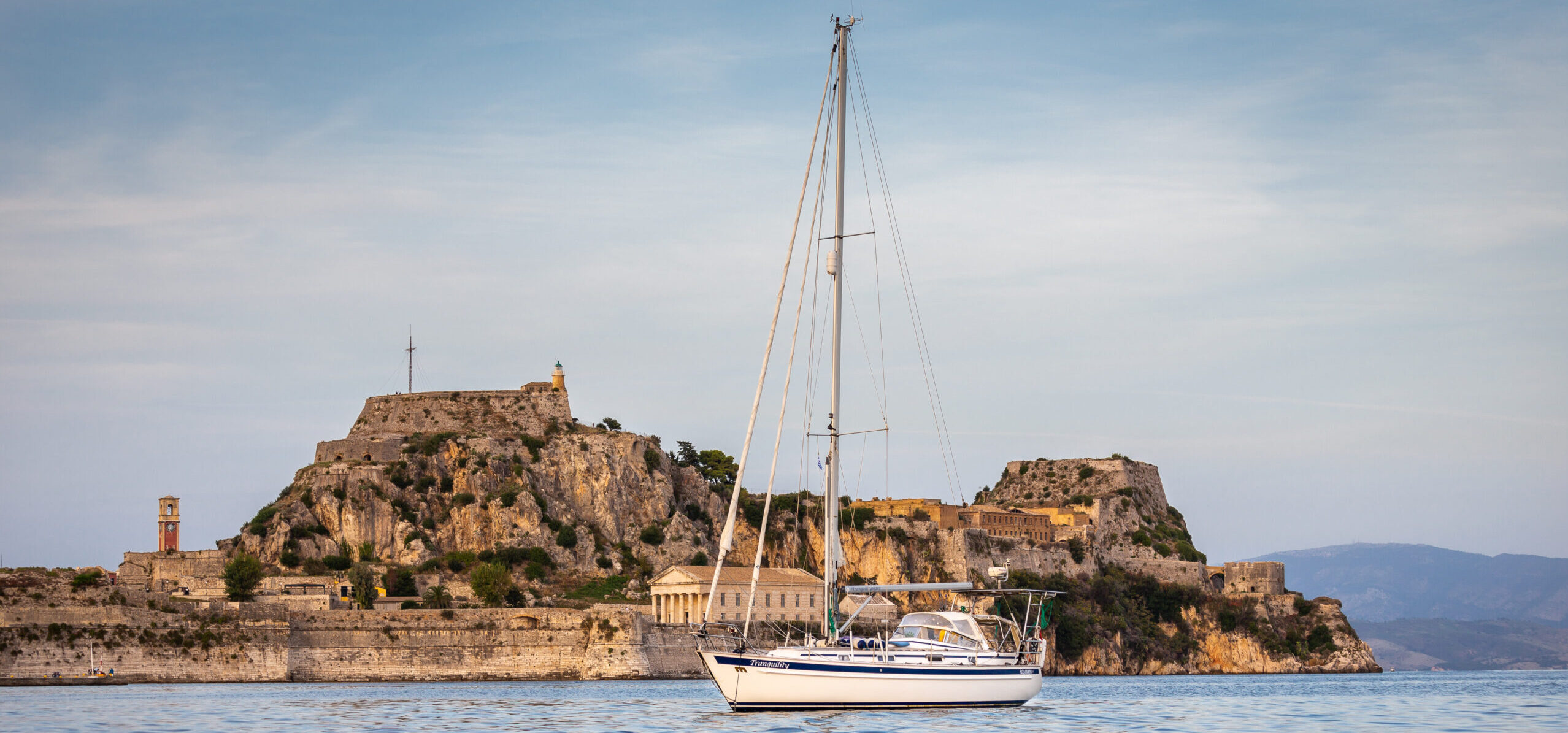
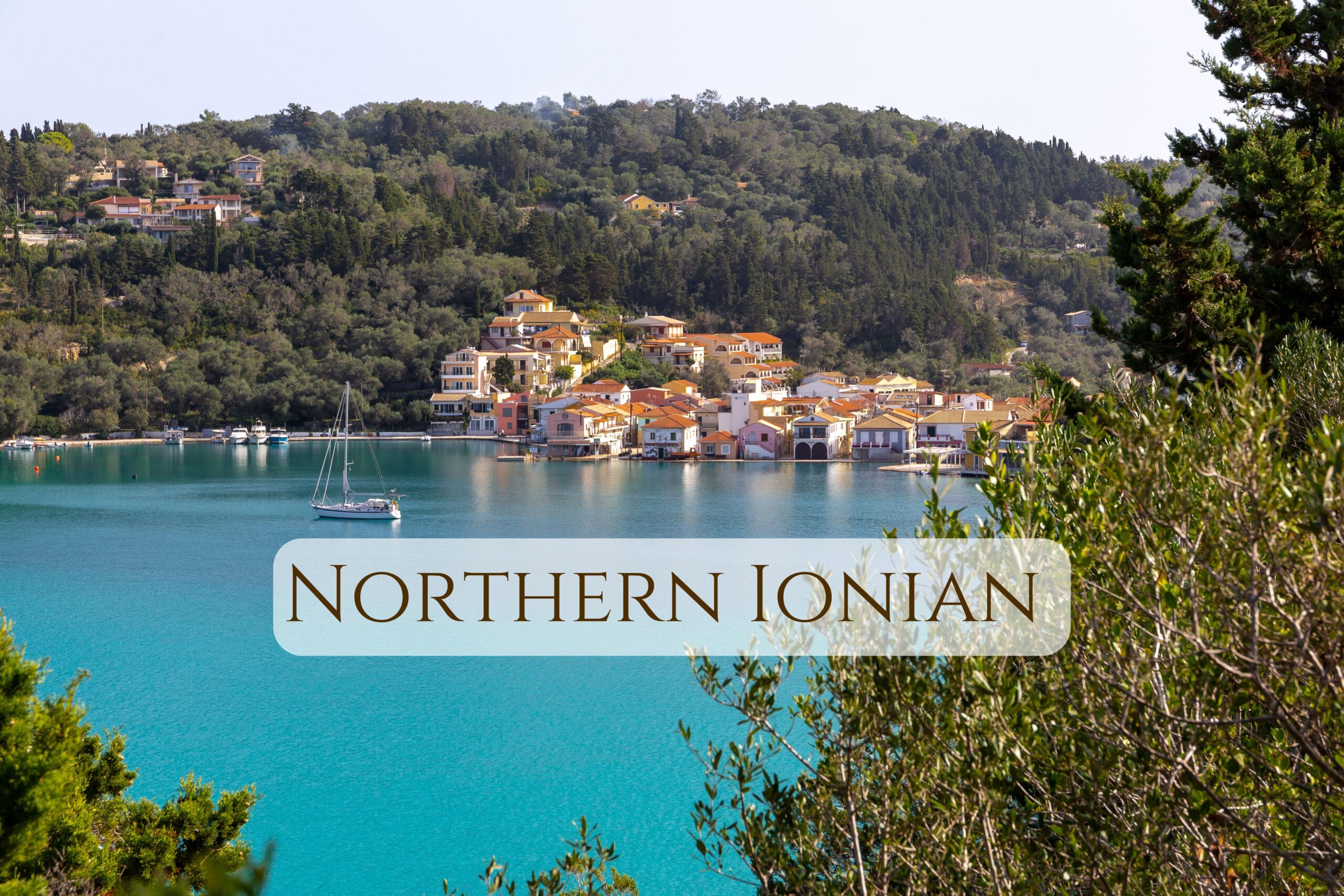
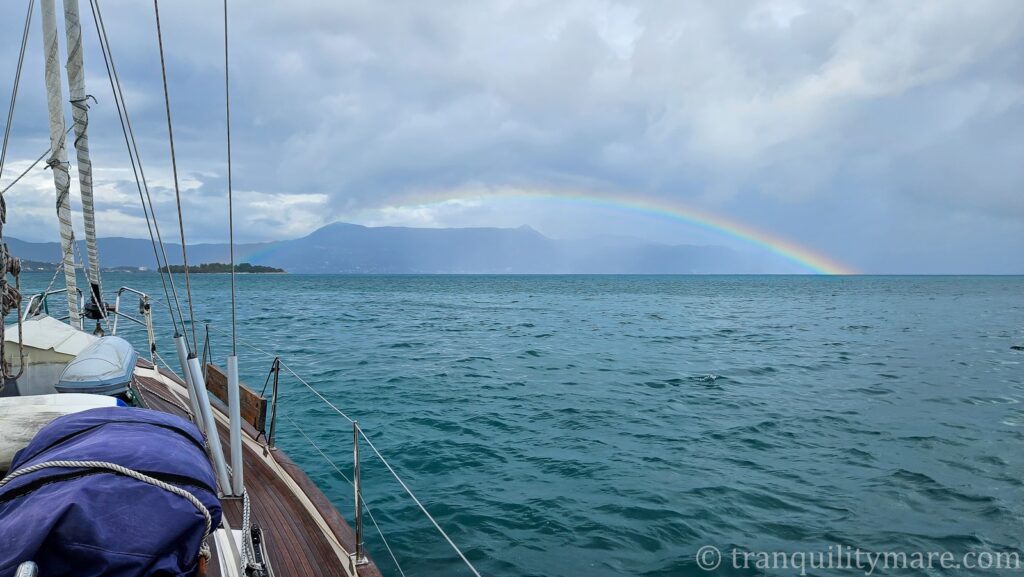
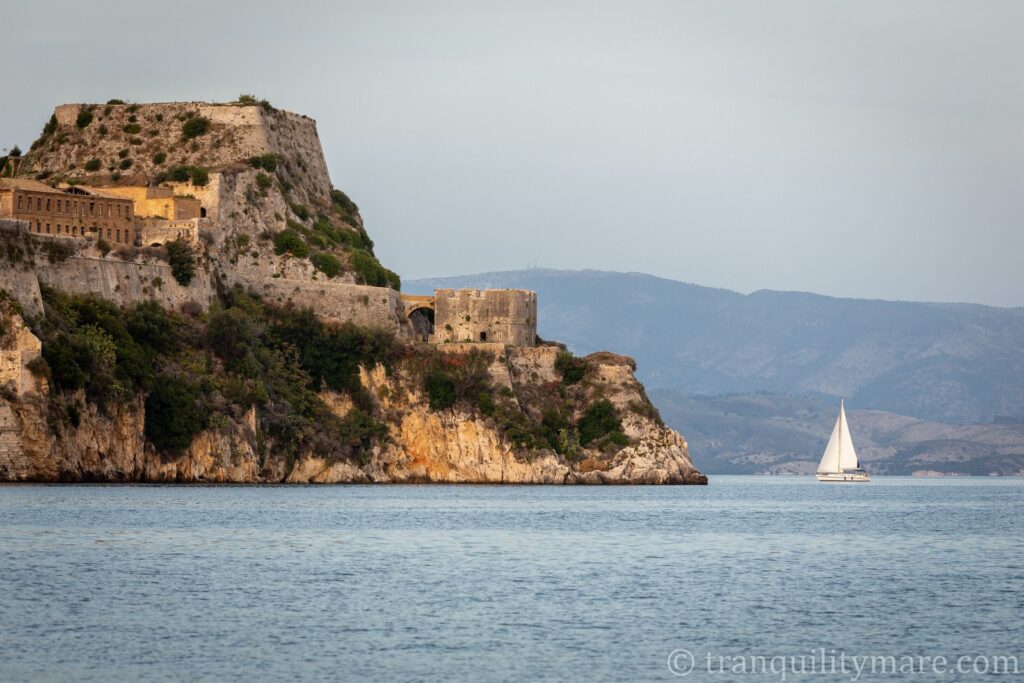
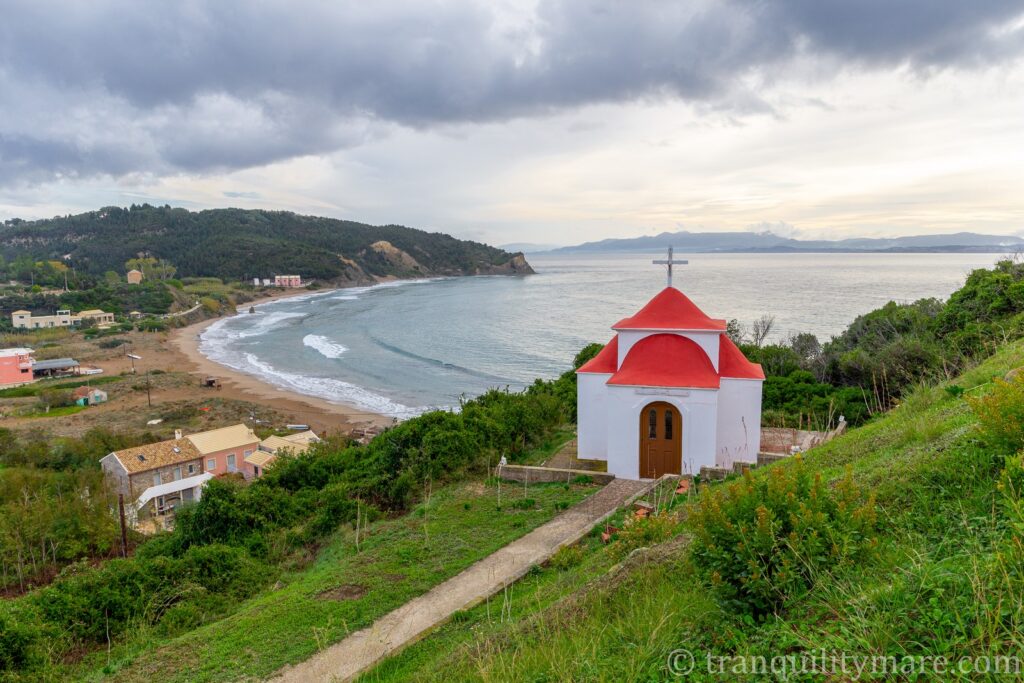
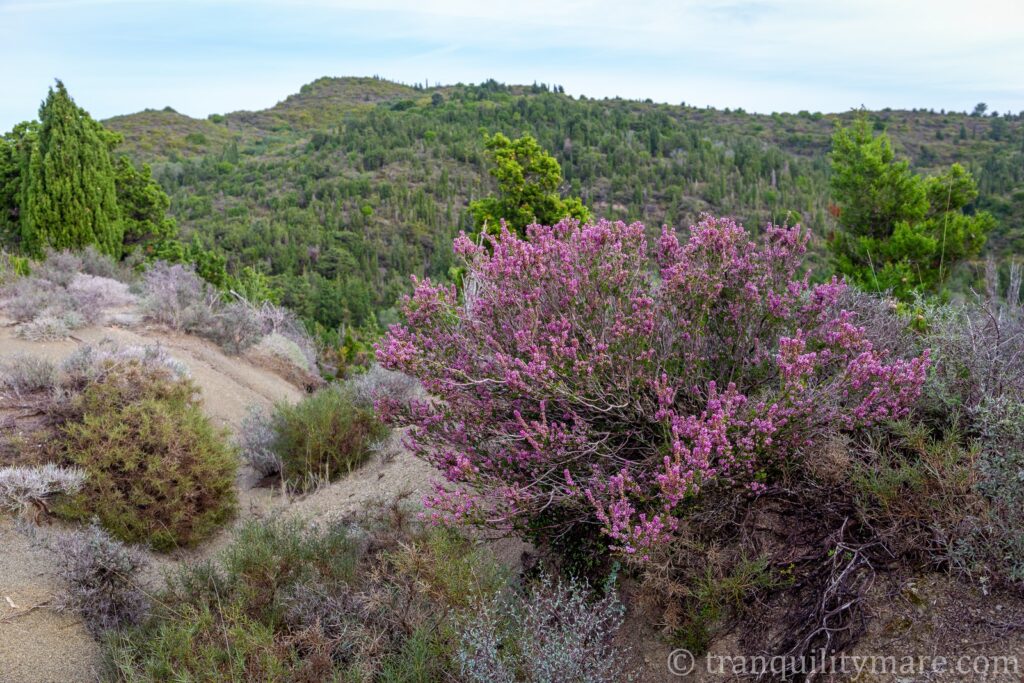
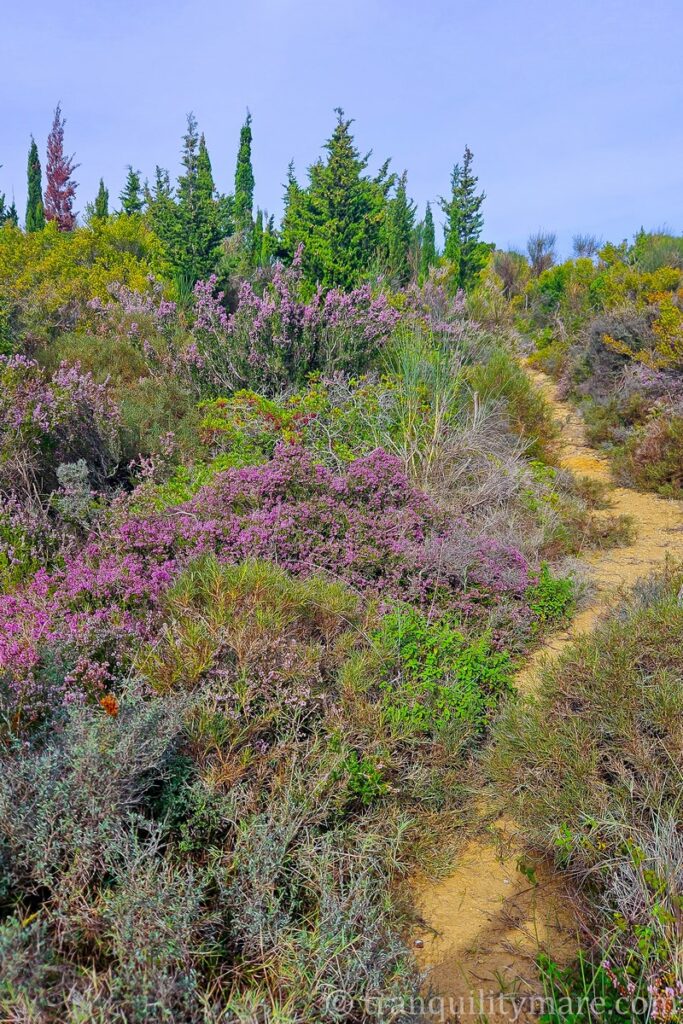
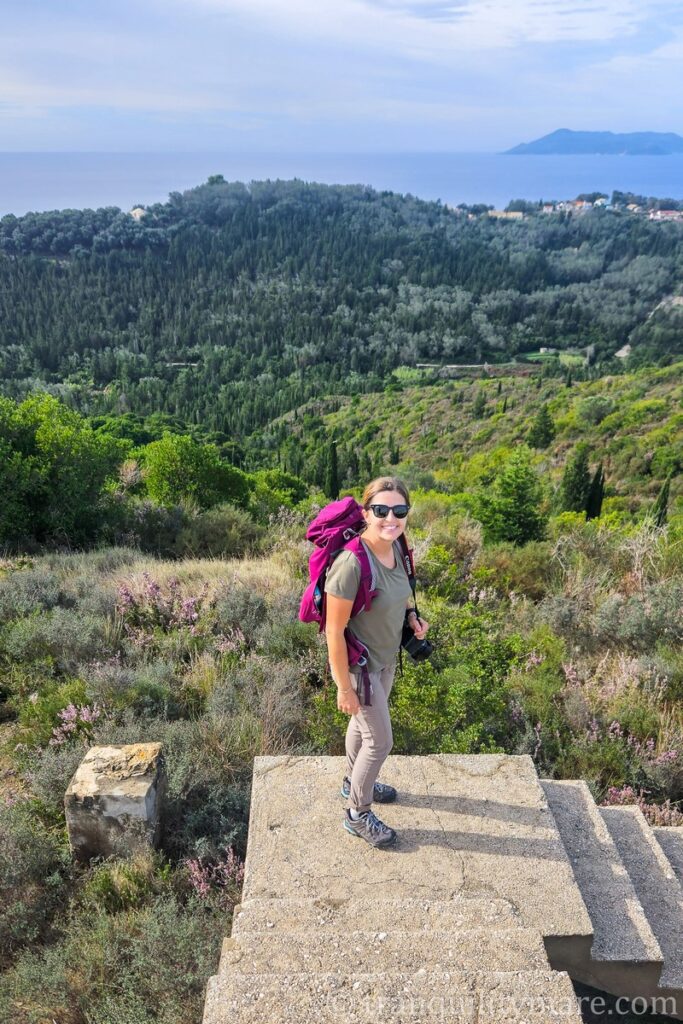
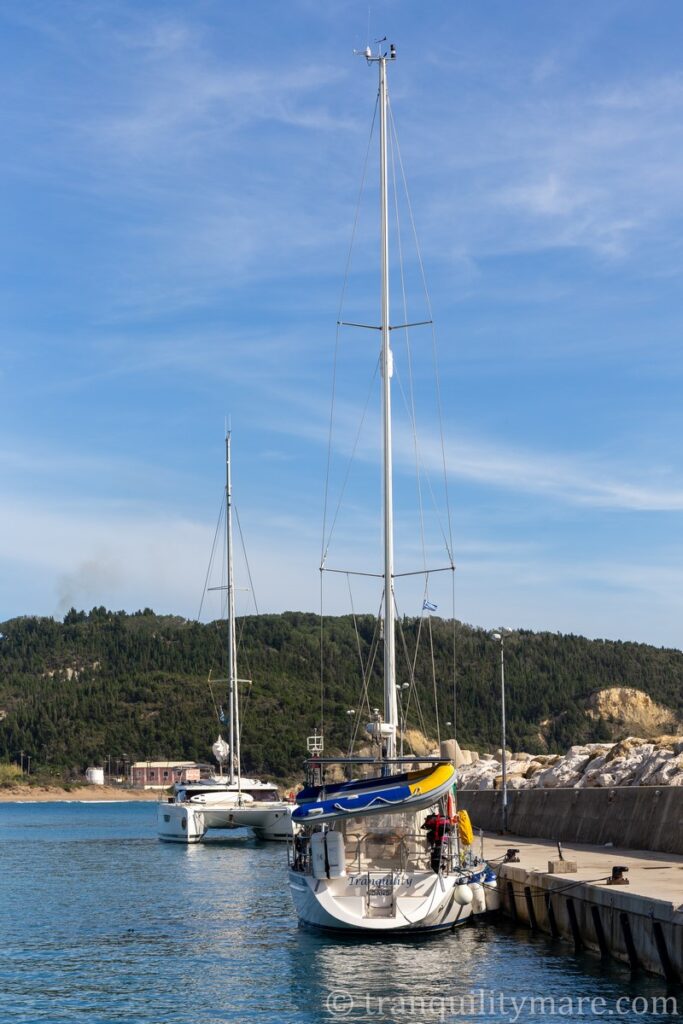

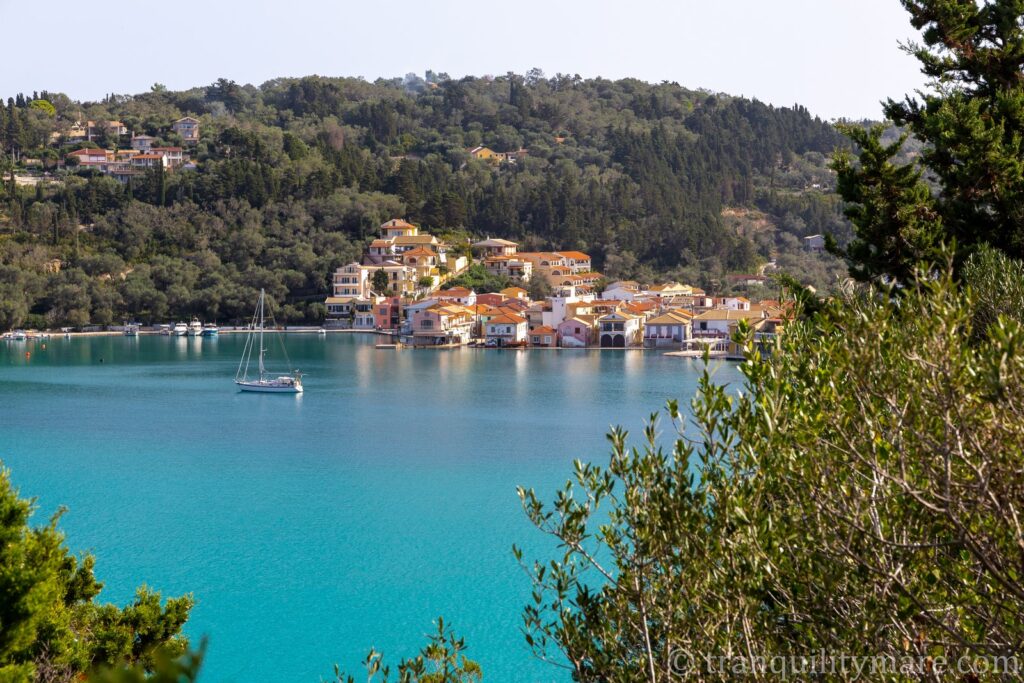
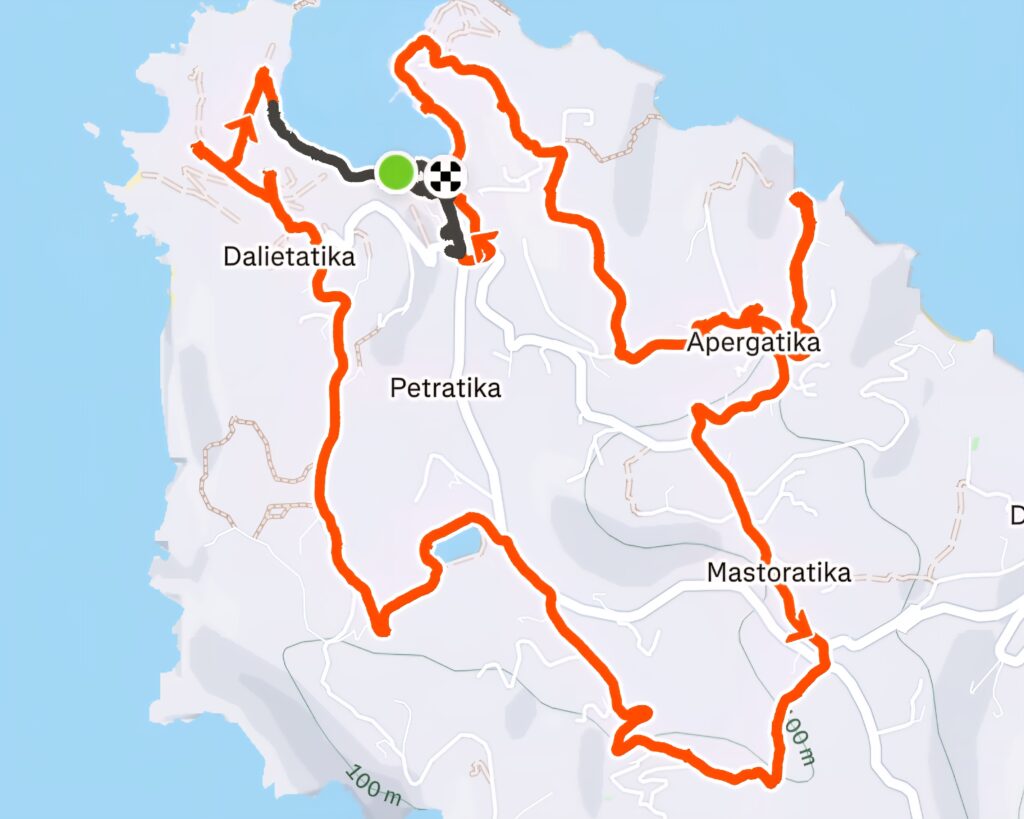
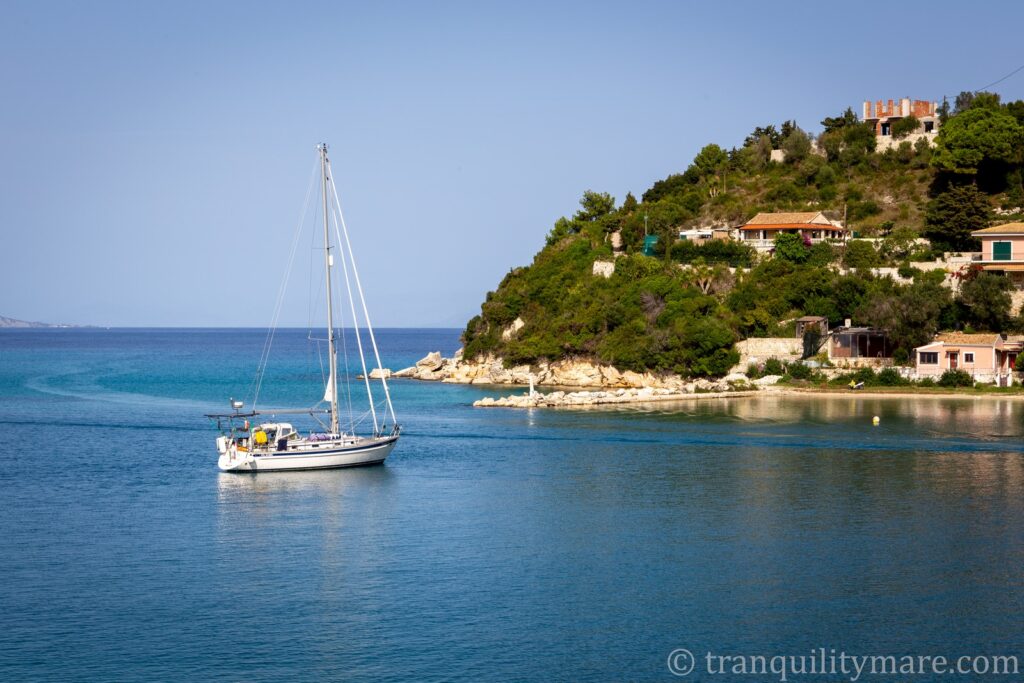
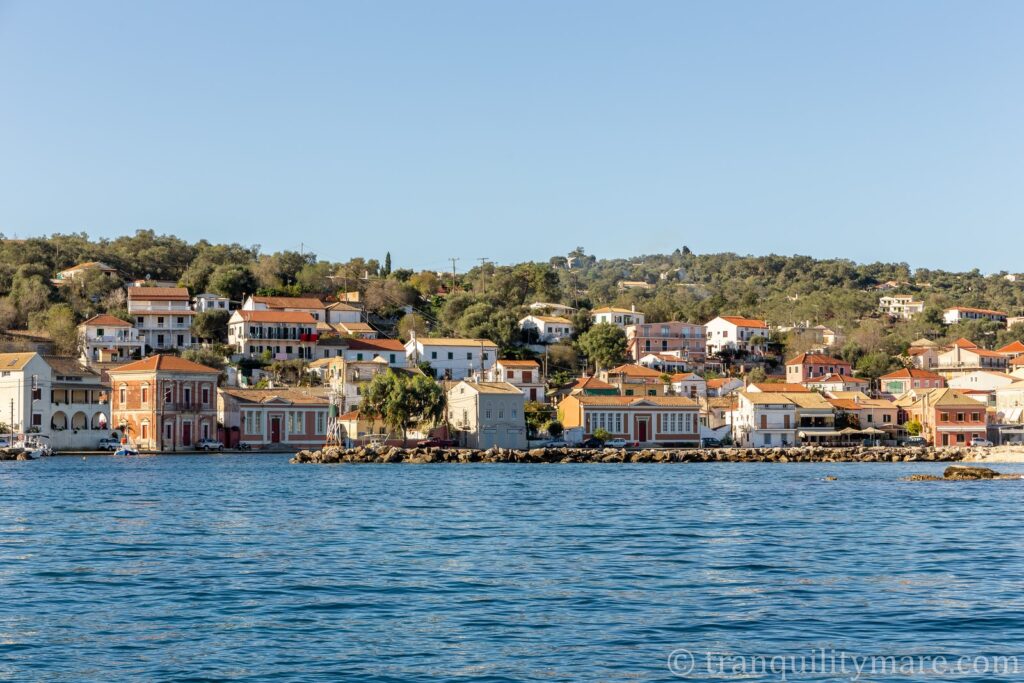
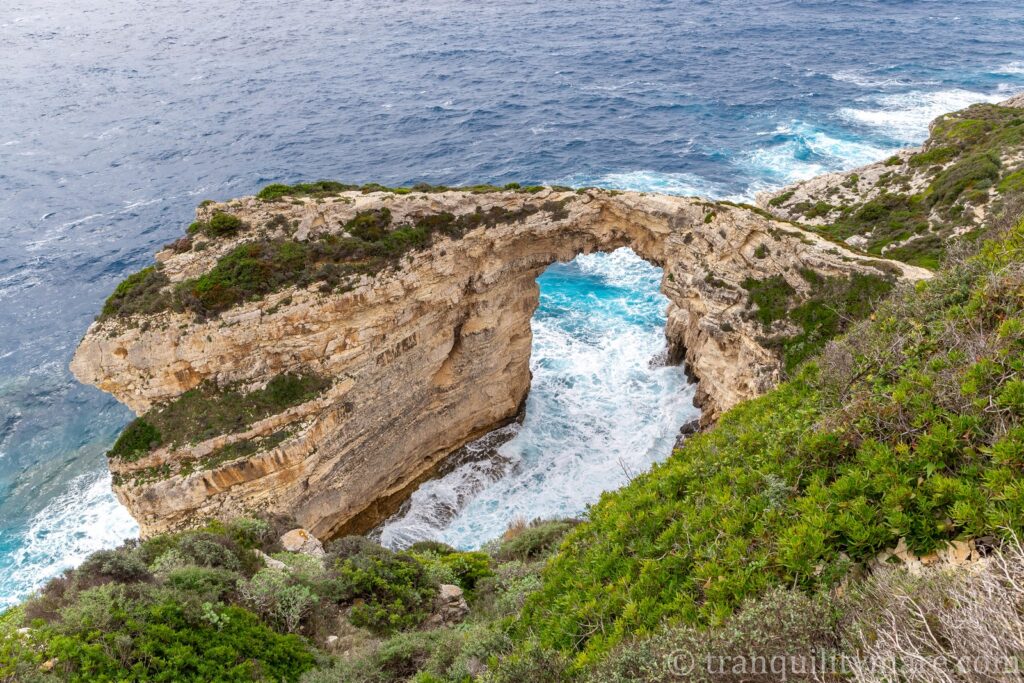
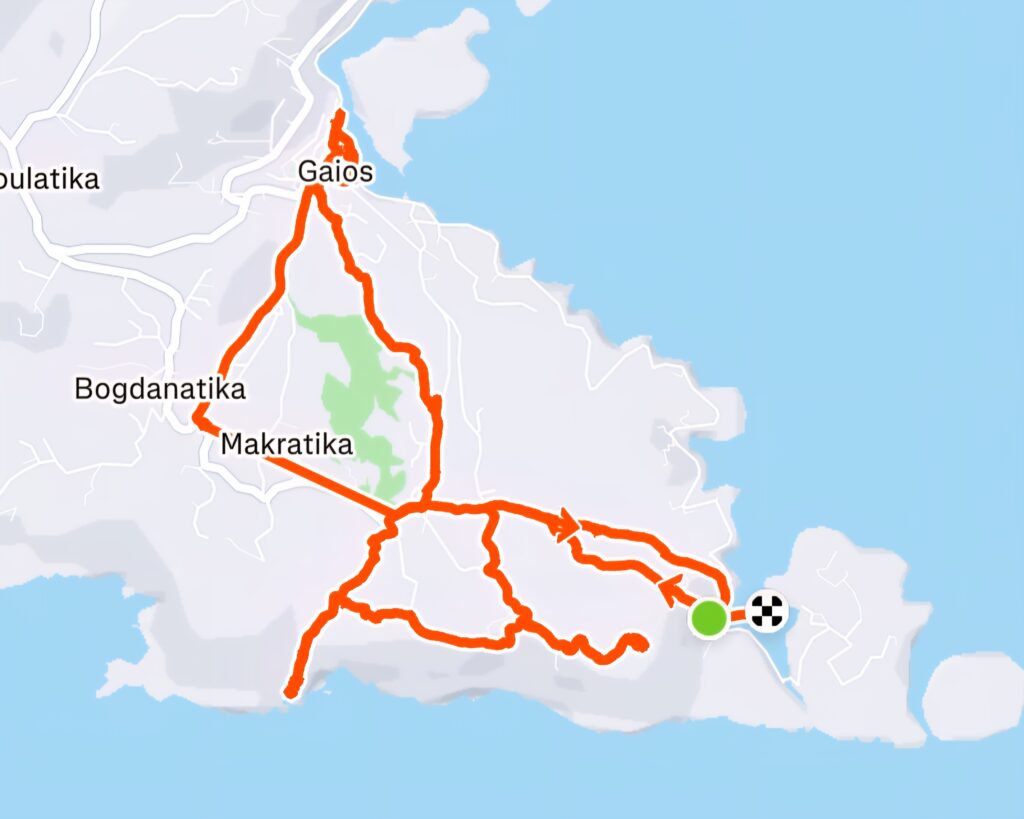

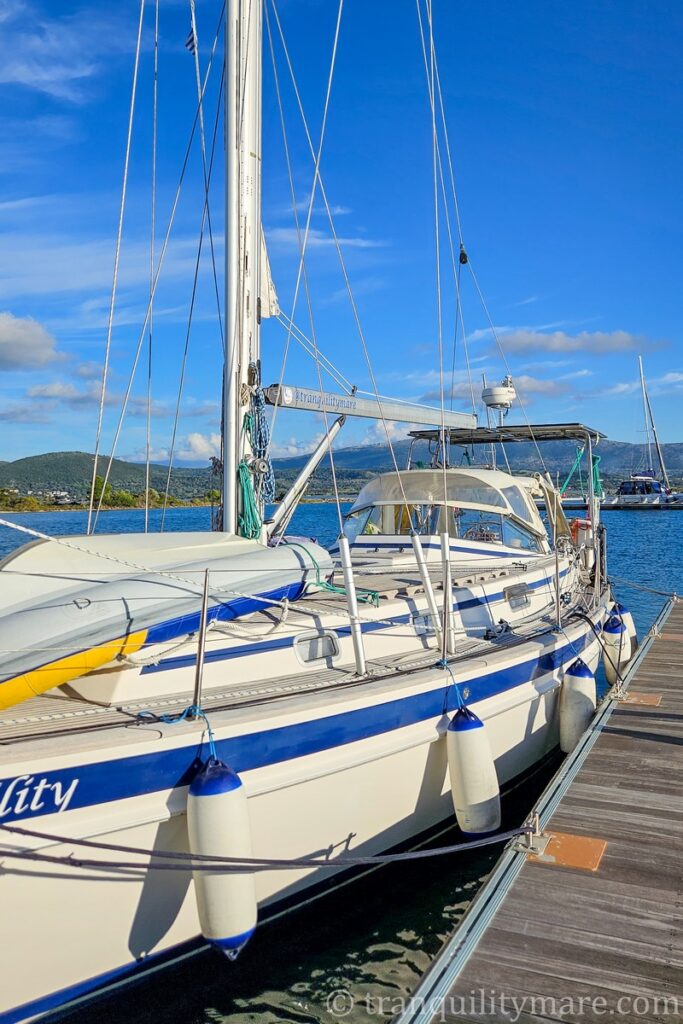
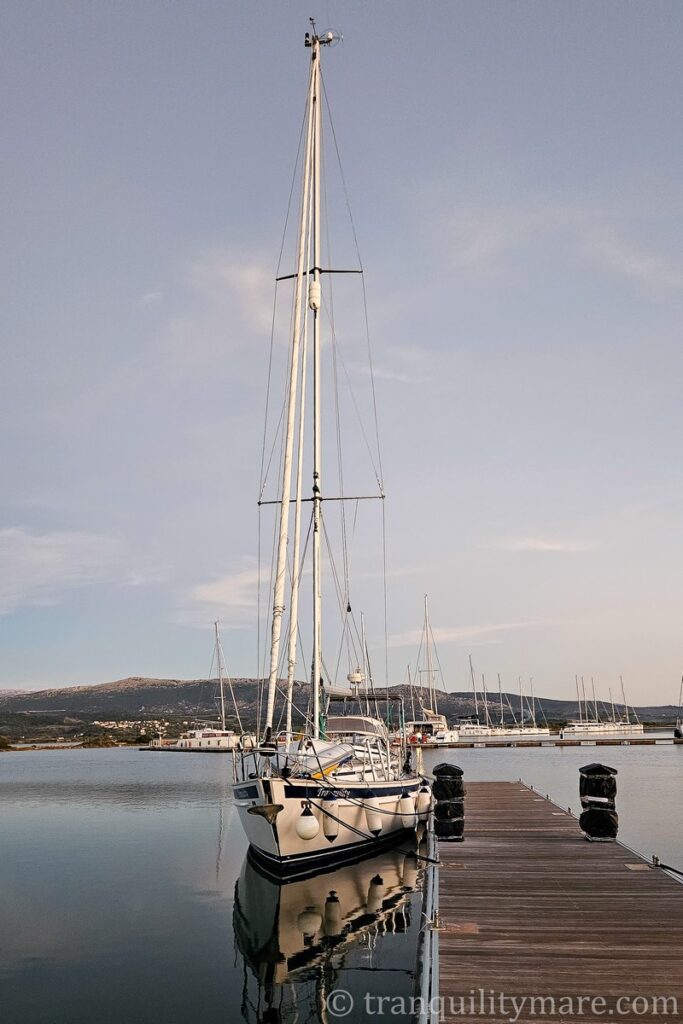
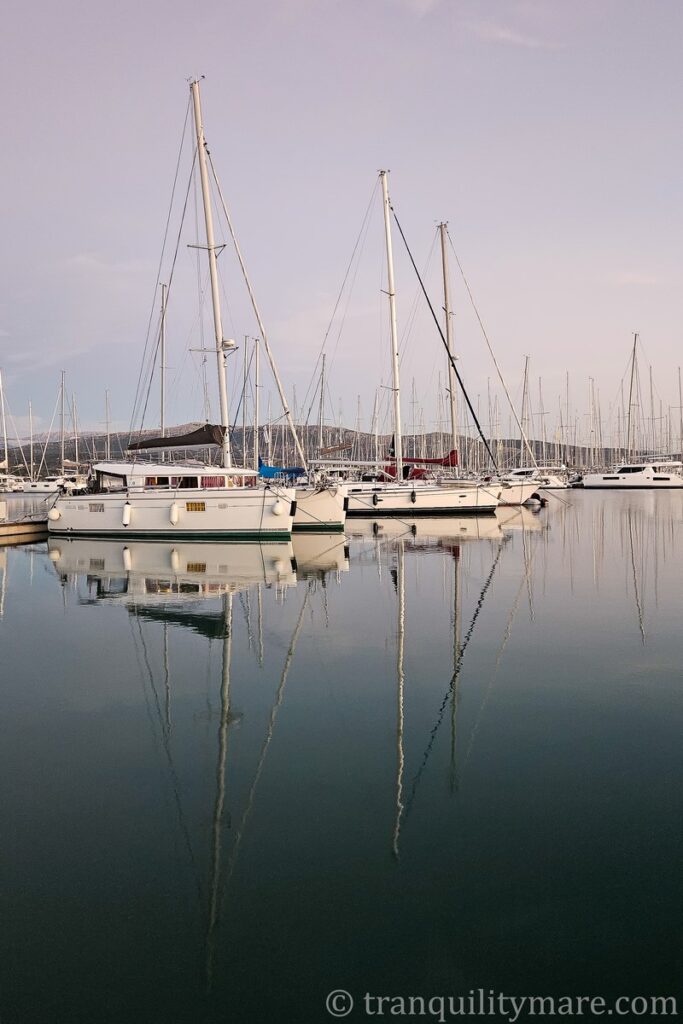
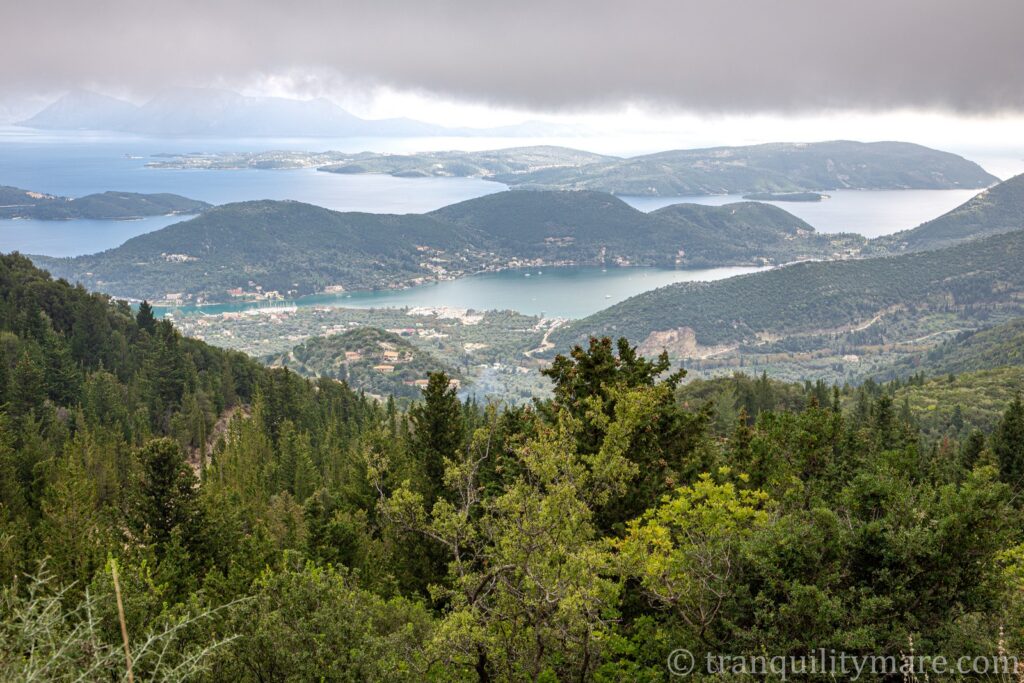
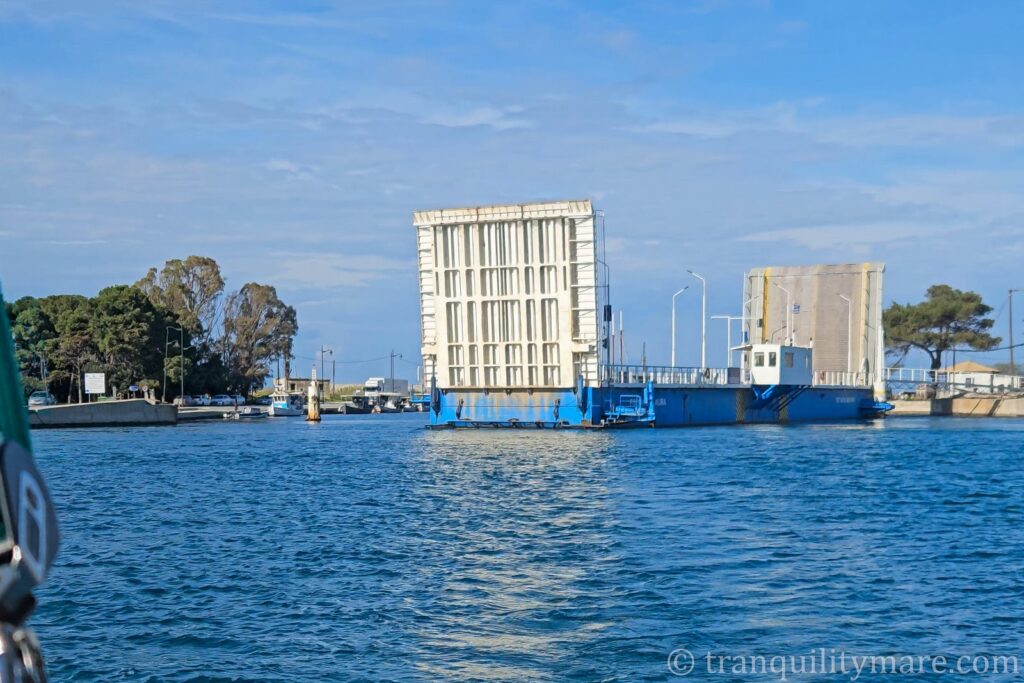
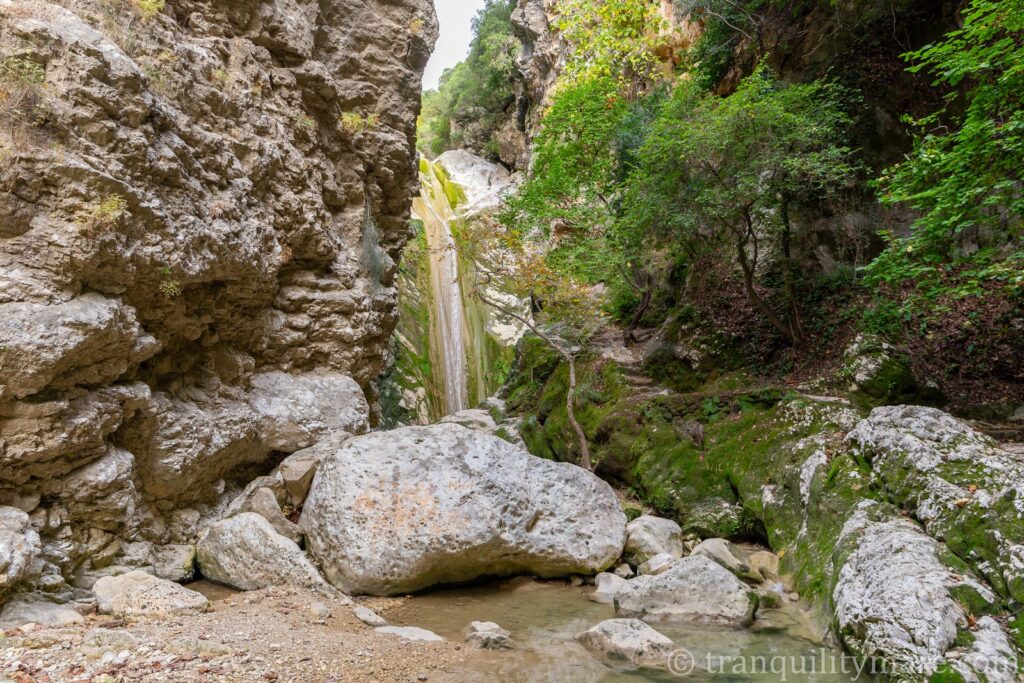
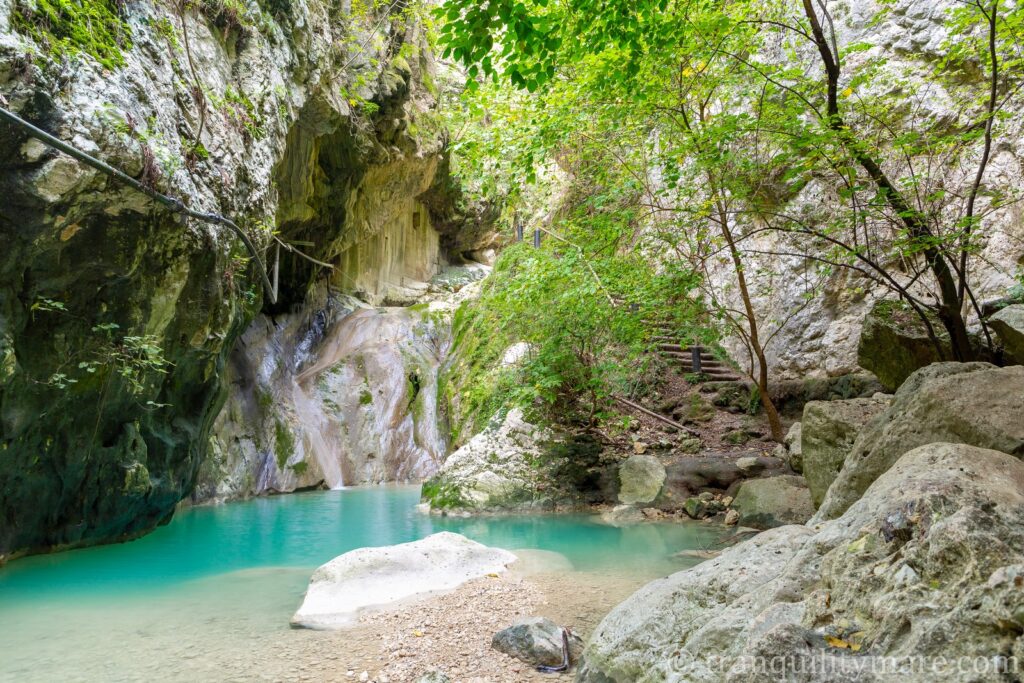
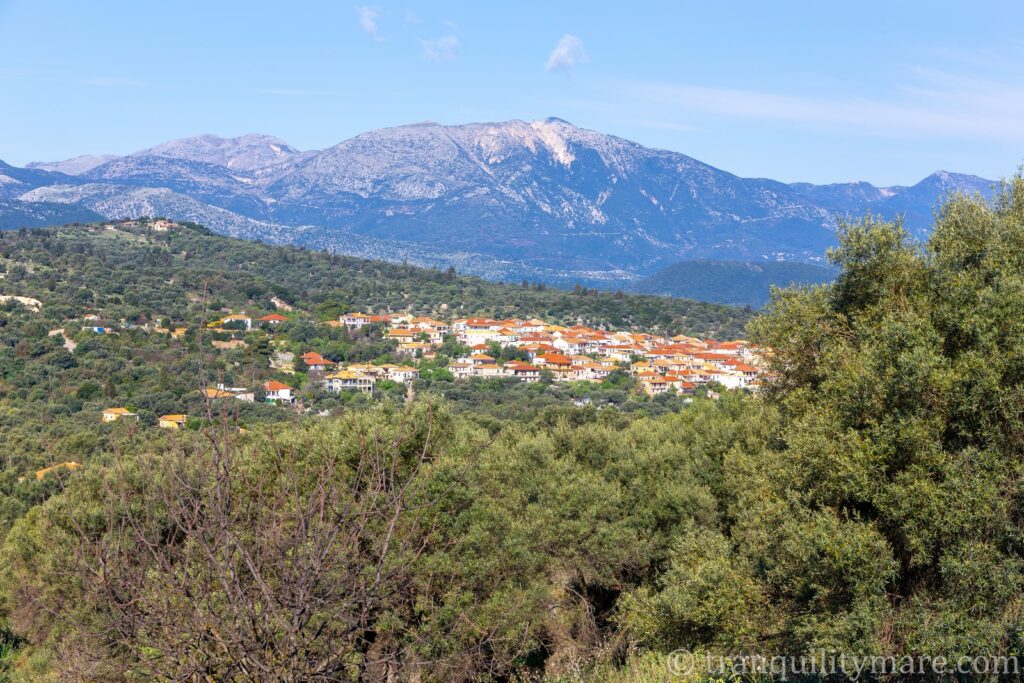
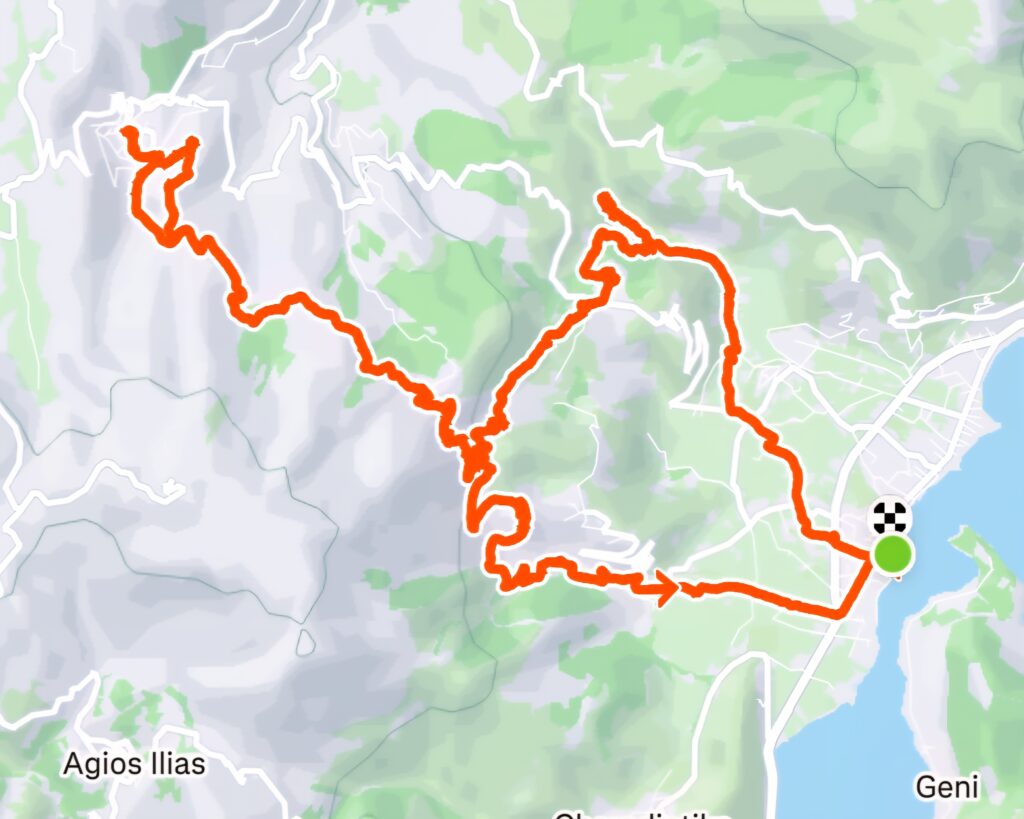
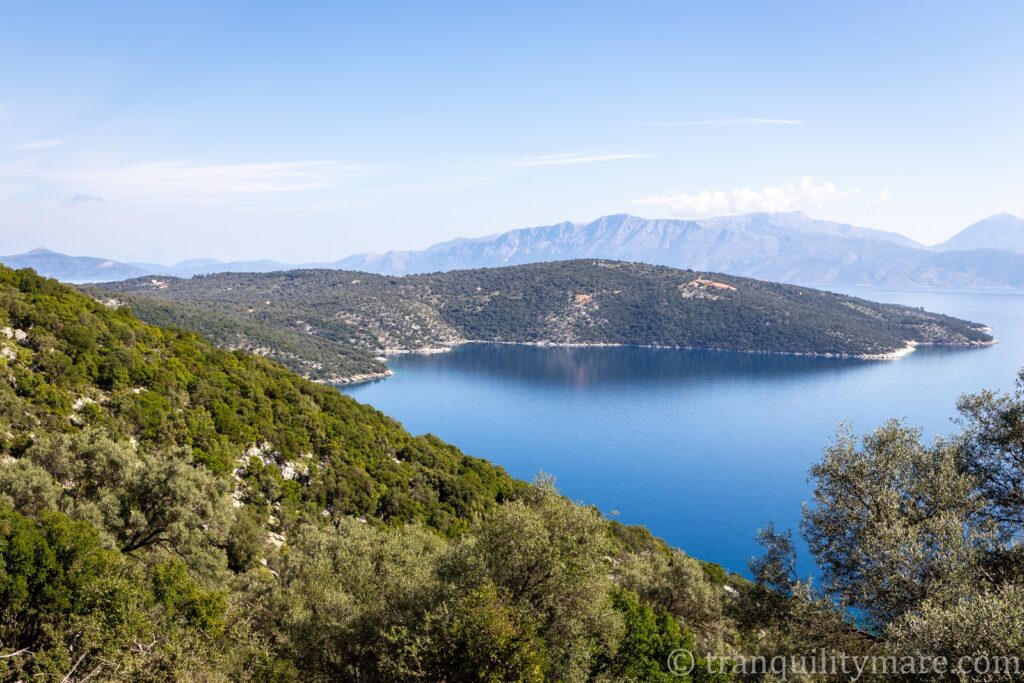
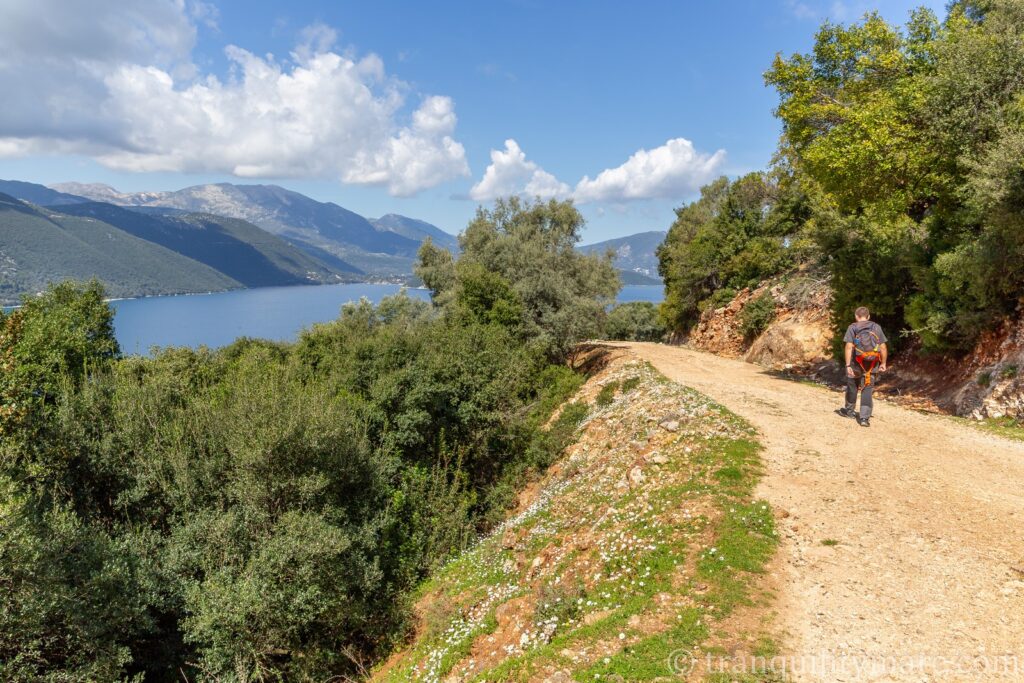
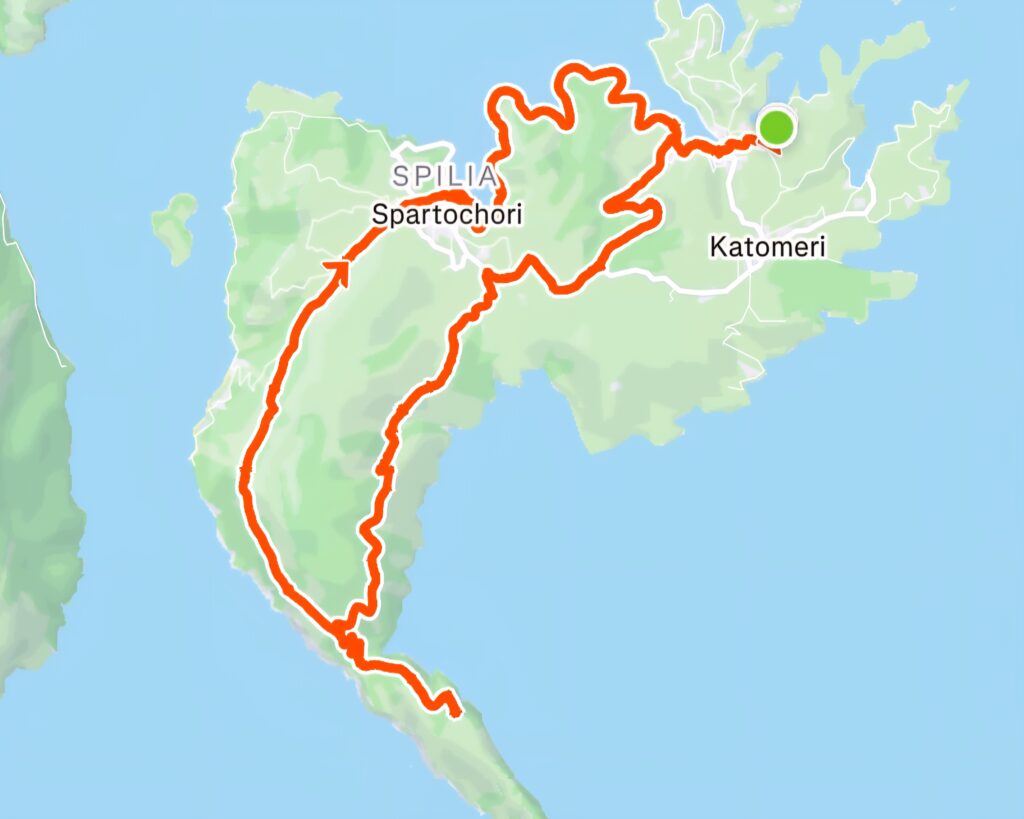
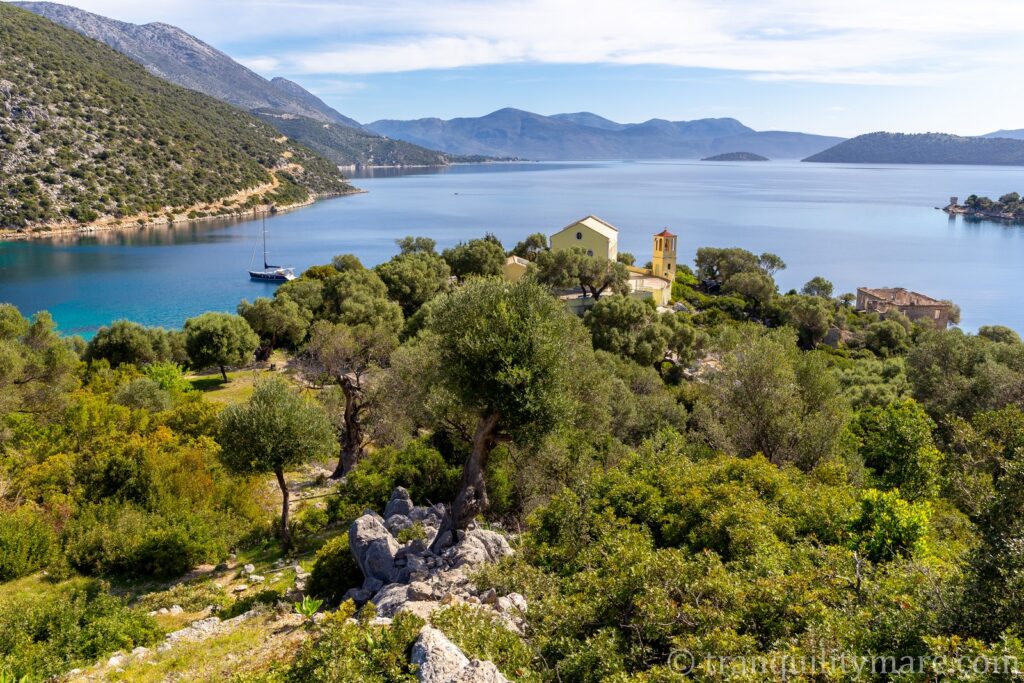
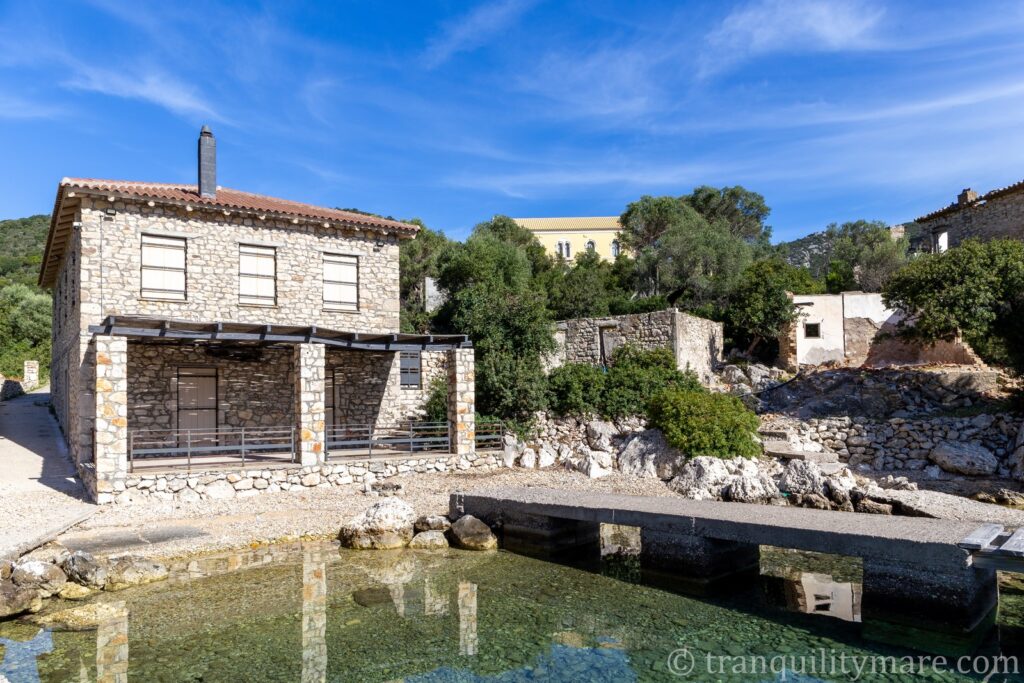

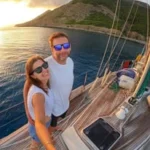


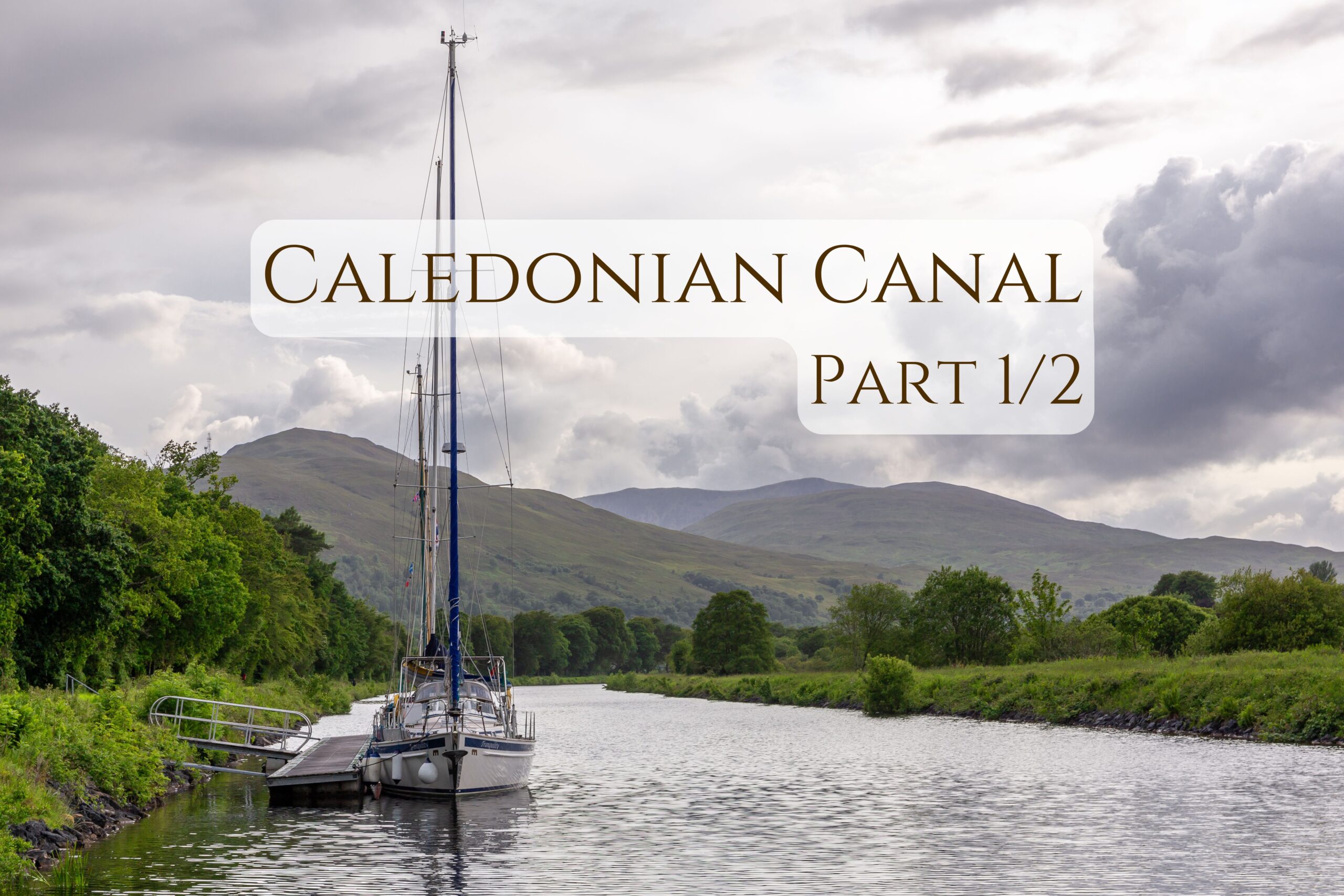
No responses yet